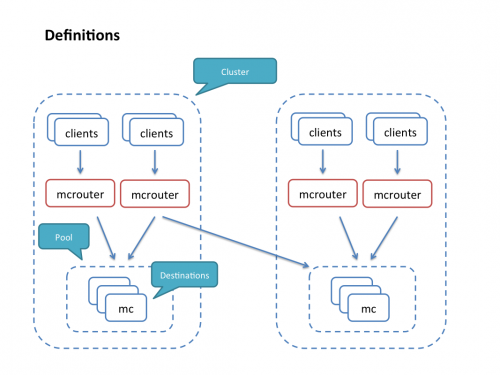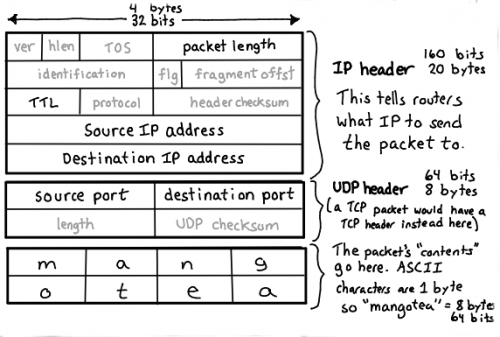Mcrouter is an Open Source tool developed by Facebook for scaling up the memcached deployments:
Mcrouter is a memcached protocol router for scaling memcached (http://memcached.org/) deployments. It’s a core component of cache infrastructure at Facebook and Instagram where mcrouter handles almost 5 billion requests per second at peak.
Here is a good overview of some of the scenarios where Mcrouter is useful. There’s more than one. Here are some of the features to get you started:
- Memcached ASCII protocol
- Connection pooling
- Multiple hashing schemes
- Prefix routing
- Replicated pools
- Production traffic shadowing
- Online reconfiguration
- Flexible routing
- Destination health monitoring/automatic failover
- Cold cache warm up
- Broadcast operations
- Reliable delete stream
- Multi-cluster support
- Rich stats and debug commands
- Quality of service
- Large values
- Multi-level caches
- IPv6 support
- SSL support


